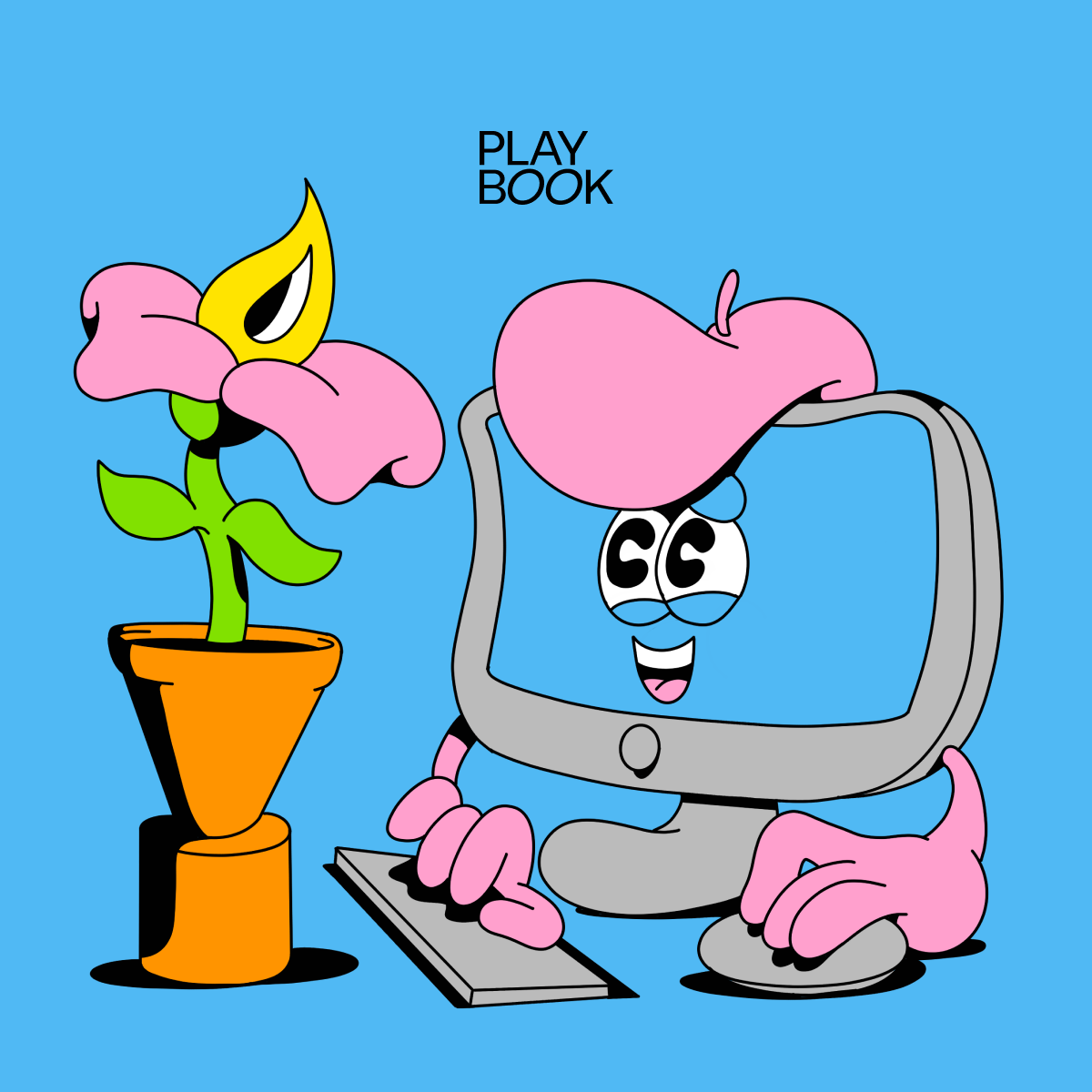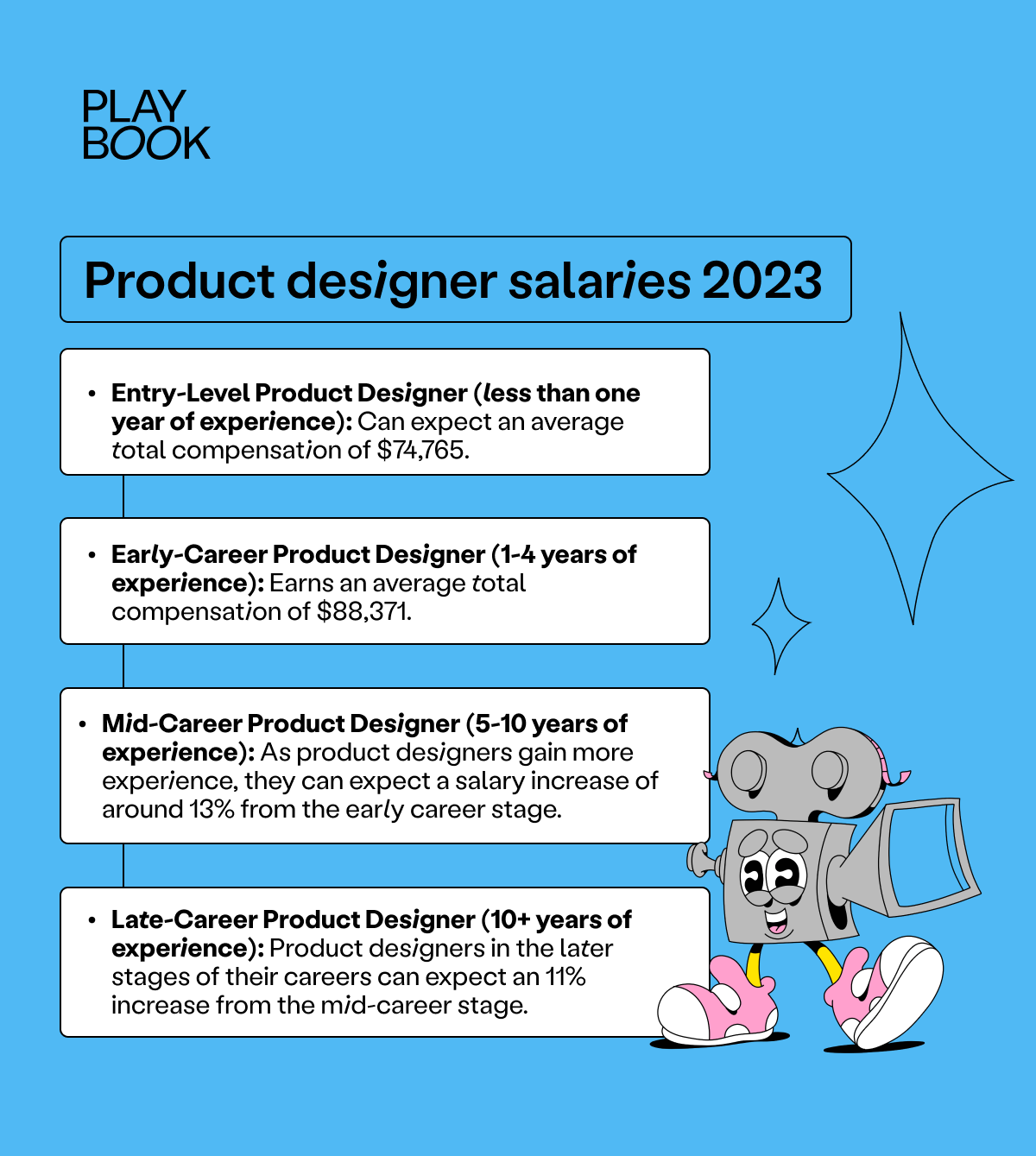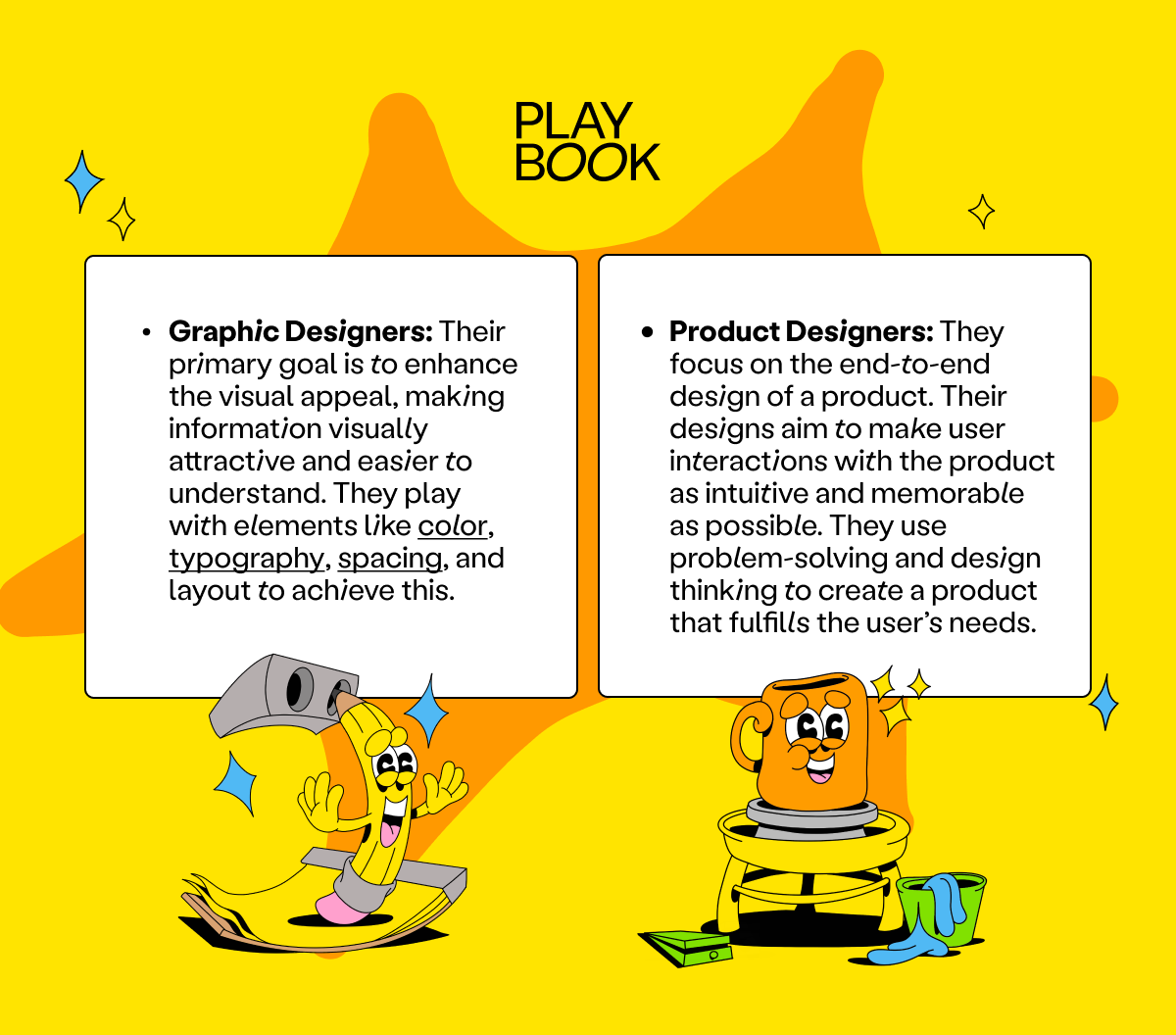
A product designer’s job is to take an idea and bring it to life in the form of a product that’s functional, easy to use, and aesthetically pleasing. Until a few years ago, the word ‘product’ referred to a physical object, but nowadays, it also applies to websites and apps.
A digital product designer is someone who designs digital products, while other types of product design include furniture, technology, cars, and anything else you can buy…including food!
While there is some overlap between product design, graphic design, and UX/UI design, a product designer’s work goes way beyond aesthetics and usability, focusing on three main areas:
- System design
- Process design
- Interface design
Whether you’re a recently-minted designer or considering switching over from another career, you’re probably wondering, “How much does a product designer make?” This article will break down product designer salaries for different levels of seniority.
Product designer salaries in 2023
As of 2023, product design is the second highest-paid job in the design field, with a salary range from $50,000 to as much as $134,000 a year.
According to Glassdoor, the average yearly salary of product designers working for a US-based company is around $95,770, including additional cash compensation like bonuses, commissions, profit sharing, tips, etc.
Here’s a breakdown of the average product designer salary for junior, mid-level, and senior product designers who work for US businesses:
- Junior product designer: $84,993 (1–3 years of expertise)
- Mid-level product designer: $95,770 (3–5 years of expertise)
- Senior or lead product designer: $102,680 (5–7 years of expertise)
Career progression of a product designer
As you progress through different product designer roles and gain more experience, you can expect your salary to increase. Here are the salaries for different experience levels in 2023 according to Payscale:
- Entry-Level Product Designer (less than one year of experience): Can expect an average total compensation of $74,765.
- Early-Career Product Designer (1-4 years of experience): Earns an average total compensation of $88,371.
- Mid-Career Product Designer (5-10 years of experience): As product designers gain more experience, they can expect a salary increase of around 13% from the early career stage.Late-Career Product Designer (10+ years of experience): Product designers in the later stages of their careers can expect an 11% increase from the mid-career stage.

Product design vs. graphic design: what’s the difference?
While product design and graphic design are distinct careers that require different skill sets, there are similarities and overlaps between the two.
Product designers are involved in the broader process behind the development of a product — from research and ideation to designing, testing, and iterating products. Meanwhile, graphic designers focus mostly on aesthetics and are less involved in the deeper strategy behind a product.
Objectives:
- Graphic Designers: Their primary goal is to enhance the visual appeal, making information visually attractive and easier to understand. They play with elements like color, typography, spacing, and layout to achieve this.Product Designers: They focus on the end-to-end design of a product. Their designs aim to make user interactions with the product as intuitive and memorable as possible. They use problem-solving and design thinking to create a product that fulfills the user’s needs.

In essence, while both graphic and product designers aim to solve problems through design, their approaches and end goals can differ significantly. Graphic designers prioritize aesthetics and communication, while product designers emphasize functionality and user experience.
To give you an idea of the difference between the roles and the tasks each one carries out, we’ve created a breakdown of graphic design workflows, highlighting the similarities and differences with product design.
Graphic Designer’s Workflow
- Creative Brief: This is the starting point, where the client provides a summary of what they want. It includes the project’s objectives, target audience, and desired outcomes.
- Research: The graphic designer delves into understanding the industry, competitors, and latest design trends relevant to the project.
- Brainstorming & Conceptualization: The designer comes up with multiple ideas and rough sketches to visualize their thoughts.
- Design Creation: The designer transforms the initial concepts into more polished designs using design software.
- Feedback & Iterations: The designs are presented to the client or team for feedback. Based on this feedback, the designer incorporates the necessary changes.
- Final Review: Once the design is refined and approved, it undergoes a final review to ensure all elements are in place and the design meets the project’s objectives.
- Delivery or Publication: The final design is then either sent to the client or published, depending on the nature of the project.
Differences with a Product Designer’s Workflow:
Product designers have a more iterative and experimental process. Their workflow might look like something like the following:
- Understanding the Problem: Before designing, the designer needs to understand the user’s pain points, needs, and desires.
- Ideation: They then brainstorm potential solutions to the identified problems.
- Prototyping: The designer creates a tangible or digital prototype of the product.
- User Testing: The prototype is tested with real users to gather feedback.
- Iteration: Based on user feedback, the designer refines the product. This process of testing and iterating can happen multiple times.
- Final Design & Development: Once the design is finalized, it moves to the development phase.
Similarities in the Workflows:
- Iterative Process: Both graphic and product designers follow an iterative process. They create, gather feedback, and refine their designs based on that feedback.
- Research-Oriented: Both types of designers emphasize research to understand the audience and market trends.
- Focus on End-User: Whether it’s a visual design or a product, the end goal is to cater to the needs and preferences of the target audience.
Take your first steps toward a career in product design
A career in product design can be exciting, challenging, and rewarding. It’s a great option if you love problem-solving and designing products that help address the world’s current challenges.
To get your foot in the door of a product design career, you’ll need a killer portfolio that will knock your prospective employers’ — or clients’ — socks off.
Fortunately, we’ve got you covered (even if you’re just starting out in your design career) with our next blog on how to build your product design portfolio.
